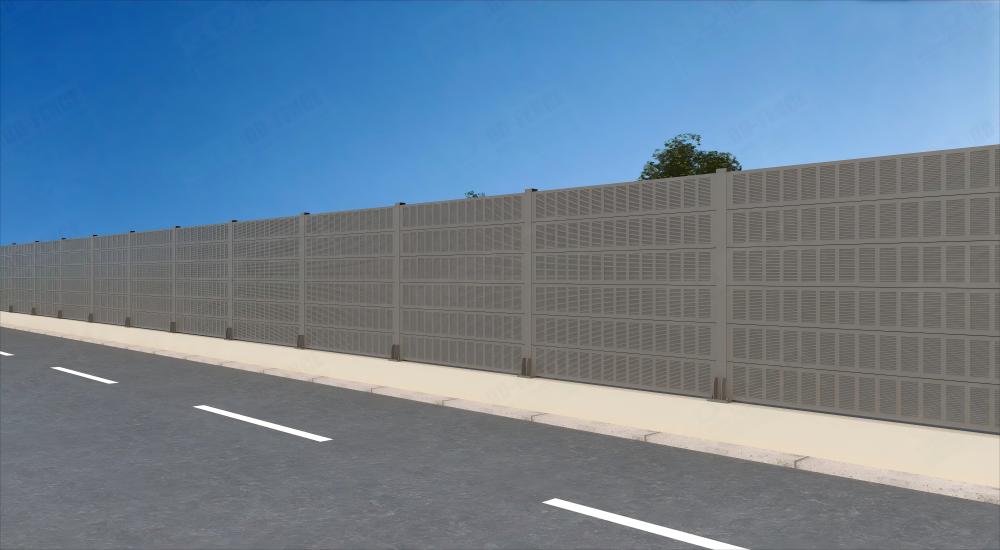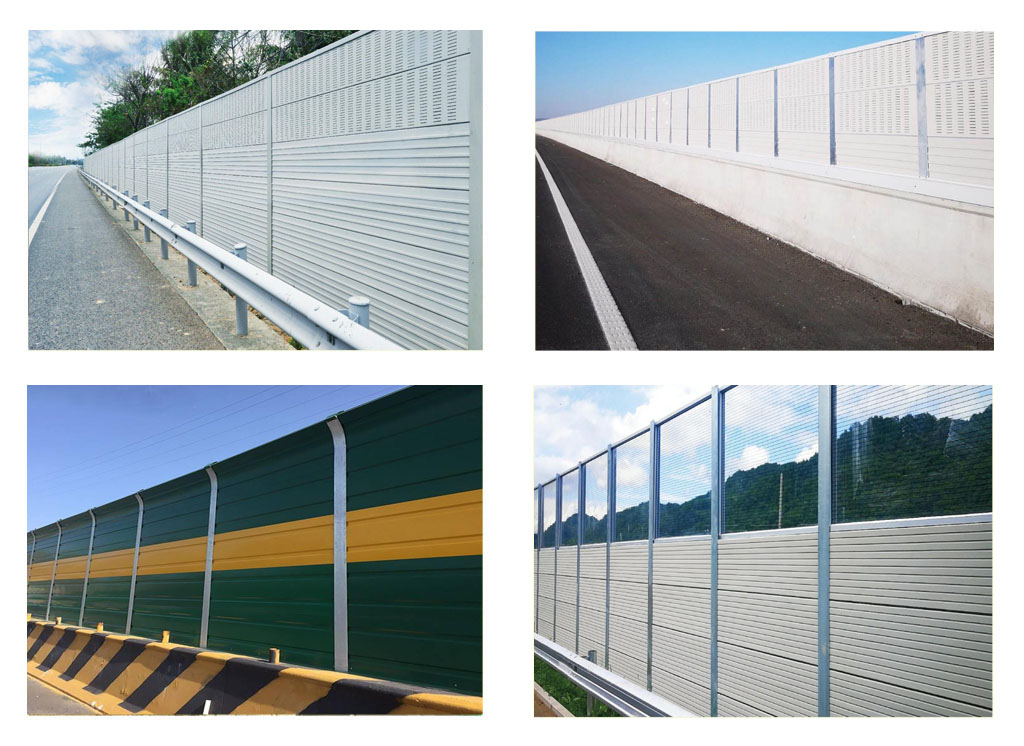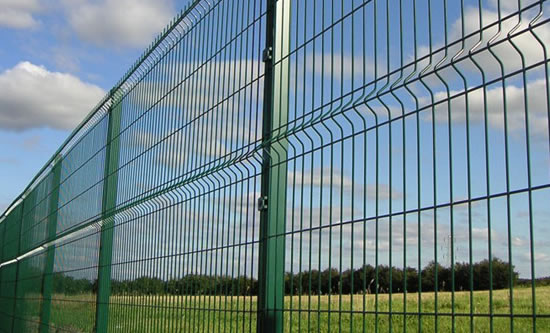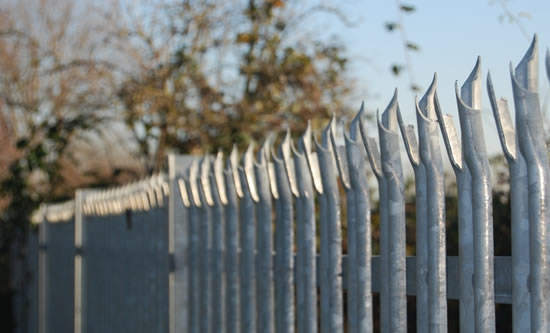NEWS
Highway Noise Barriers: A Solution for Quieter Communities
Hot:Loading... Date:2025-03-31
Highway noise barriers are structures designed to reduce the impact of traffic noise on nearby residents and communities. These barriers are typically made of materials like concrete, wood, or metal and are strategically placed along highways to block or absorb sound waves. With the increasing number of vehicles on the road, noise pollution has become a significant issue, and noise barriers play a crucial role in addressing this problem.

How Do Noise Barriers Work?
Noise barriers work by creating a physical barrier between the source of the noise (like cars, trucks, or motorcycles) and the receptor (residents, businesses, or sensitive areas). They can either reflect the sound back toward the source or absorb it, preventing it from reaching nearby areas. The effectiveness of a noise barrier depends on its height, length, and distance from both the source and the receptor.
Types of Noise Barriers
Concrete Barriers: These are the most common type of noise barriers. They are durable, long-lasting, and effective at reducing noise levels.
Wooden Barriers: Wooden barriers are often used in areas where a more aesthetic appearance is desired. They are less durable than concrete but can be a good option for shorter-term solutions.
Metal Barriers: Metal barriers are lightweight and can be designed to blend with the surrounding environment. However, they may not be as effective as concrete barriers in reducing noise.

Benefits of Highway Noise Barriers
Reduced Noise Pollution: Noise barriers help create a quieter environment for residents living near highways.
Improved Quality of Life: By reducing noise levels, these barriers contribute to better sleep, reduced stress, and overall well-being.
Enhanced Property Values: Areas with effective noise barriers often see an increase in property values, as residents are willing to pay more for a quieter living environment.
Environmental Protection: Noise barriers can also protect wildlife and natural habitats from the disruptive effects of traffic noise.
Design: The design of a noise barrier is carefully planned to maximize its effectiveness. Factors such as the height of the barrier, the slope of the terrain, and the distance from the highway are all considered during the planning phase.
Conclusion
Highway noise barriers are a vital solution for reducing the impact of traffic noise on communities. By creating a quieter environment, they improve the quality of life for residents, protect wildlife, and enhance the overall attractiveness of an area. As urbanization continues to grow, the importance of noise barriers will only increase, making them a key component of sustainable and livable cities.





 冀公安网备: 13012302000474号
冀公安网备: 13012302000474号